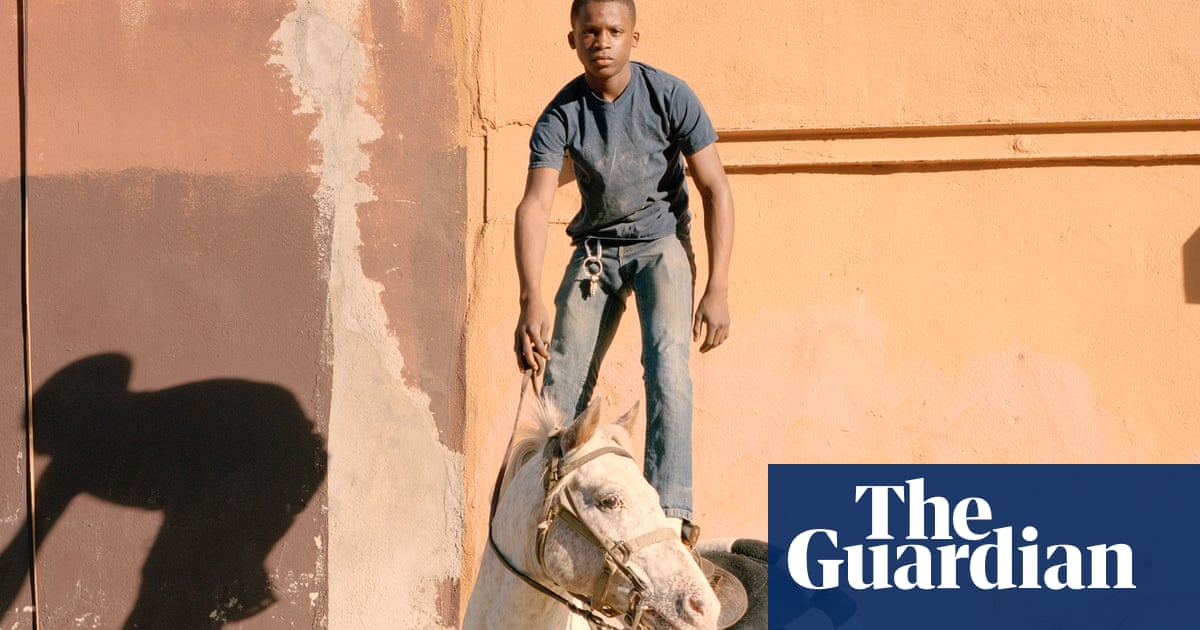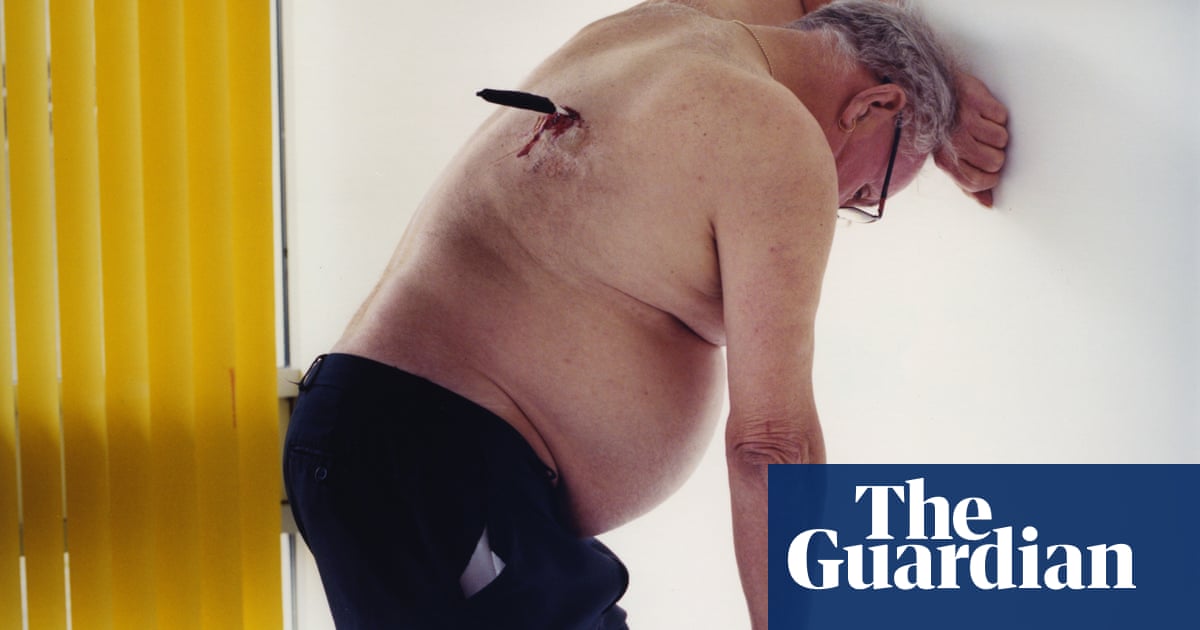
started shooting the music industry in 1992 just as hip-hop was becoming more popular. Some people thought it was going to be a fad and not all photographers were interested in these jobs. But I was, so I began to work with a lot of hip-hop artists, shooting everyone from Public Enemy to LL Cool J.
Many of the artists come with a huge entourage – they bring the party with them. Sometimes that’s fun but other times it can get in your way. When I got the assignment to photograph Tupac from Rolling Stone magazine in 1993, I didn’t know what to expect. I knew Tupac had been in trouble recently, but I grew up not judging people until I met them. He showed up with just one other guy. He was on time and very cordial, he came in and shook my hand. He had a couple of different changes of clothes with him – he was very prepared. I think he knew that at the time Rolling Stone was not putting a lot of hip-hop in the magazine, so saw a great opportunity for himself and his music.
At the time I was doing a series of portraits with large-format cameras – those cameras that look like an accordion where you pull the sheet over your head and your subject has to stay really still. I borrowed that style from one of my heroes, Irving Penn. The idea of just a simple light, with no fill, on a very simple grey backdrop. It’s a powerful way to photograph someone because it really becomes about them – you’re stripping away everything but the person.
In the back of my mind, I was dreaming of a Rolling Stone cover even though the assignment was just a quarter of a page. I shot with that cover in mind, leaving a lot of space, making it a very simple, elegant, strong portrait. Tupac was about to release his second album; I was thinking what if this guy’s next record is really well received and he blows up and I have these great photos of him?
When he was changing shirts, I saw his tattoos, and said: “Oh, man, you know, we should try something without your shirt on.” I knew he was an actor as well, so he understood being in front of a camera and he took direction really well. He was relaxed and smoking weed, but whereas some people make you do all the work, he was very present.
I was also shooting Polaroid. I looked at what was coming out and was like: “Oh man, this is happening.” I showed it to him and he was really into it. ‘That’s beautiful,’ he said. It was a shorter session than I was used to – just a few hours – but I felt like we really got it.
It’s my best-known photograph because Tupac crosses over all the different genres of rock, hip-hop and pop. Then in 1996 he passed away and it finally ended up on the cover of Rolling Stone. They used a photo from that shoot of him looking straight ahead but I really like this one of him looking to the side and that’s the one people know best. If I hadn’t shot him that way with the cover originally in mind, with all the space, it would have been difficult for them to use it.
It was really sad to see what happened to Tupac. You feel a connection to somebody when you spend an afternoon with them. I think we shared something special and it’s too bad that he didn’t have the opportunity to grow to his full potential.
I look at this photo and it feels like it just always existed. Like, did somebody actually take it? It becomes so iconic that it almost gets away from you. I’ve been in New York and come across bootleg T-shirts with it on. I was in Jamaica and saw some with a bunch of pot leaves all around it. You can’t do anything about that but when a big company who knows the rights and just ignores them, or are misled because they don’t think they need a signature or haven’t done due diligence, then I have to do something about it.
Music is the stuff that gets you through your hard times and helps you celebrate your good times. It’s so important in people’s lives that I feel honoured to have documented history. When I take a photo I want to show the integrity of someone. This photograph is simple and classic and it allows what he was projecting to come through – his positivity and confidence. If you look into his eyes there’s a smart, intelligent, competent person there. I always get my subjects to sign one of the Polaroids and on his Tupac wrote: “If a photograph is worth 1,000 words then photographers are worth a billion.” It was touching.
Danny Clinch’s CV
Born: 1964. New Jersey, USA.
Trained: New England School of Photography.
Influences: Irving Penn, Danny Lyon, Annie Leibovitz, Jim Marshall.
High point: ‘Six Bruce Springsteen album covers and counting.’
Low point: ‘No need to focus on those.’
Top tip: ‘Work hard, be nice to people – and go get it.’












